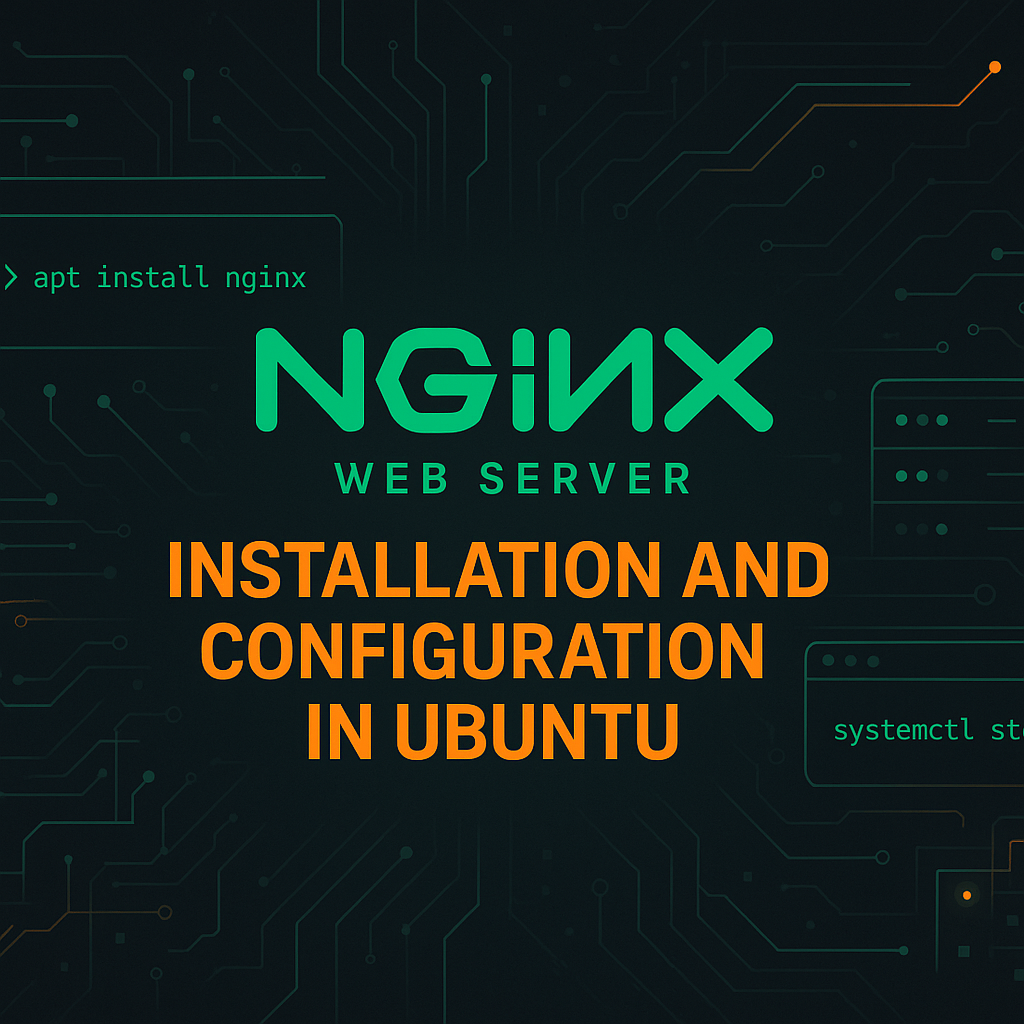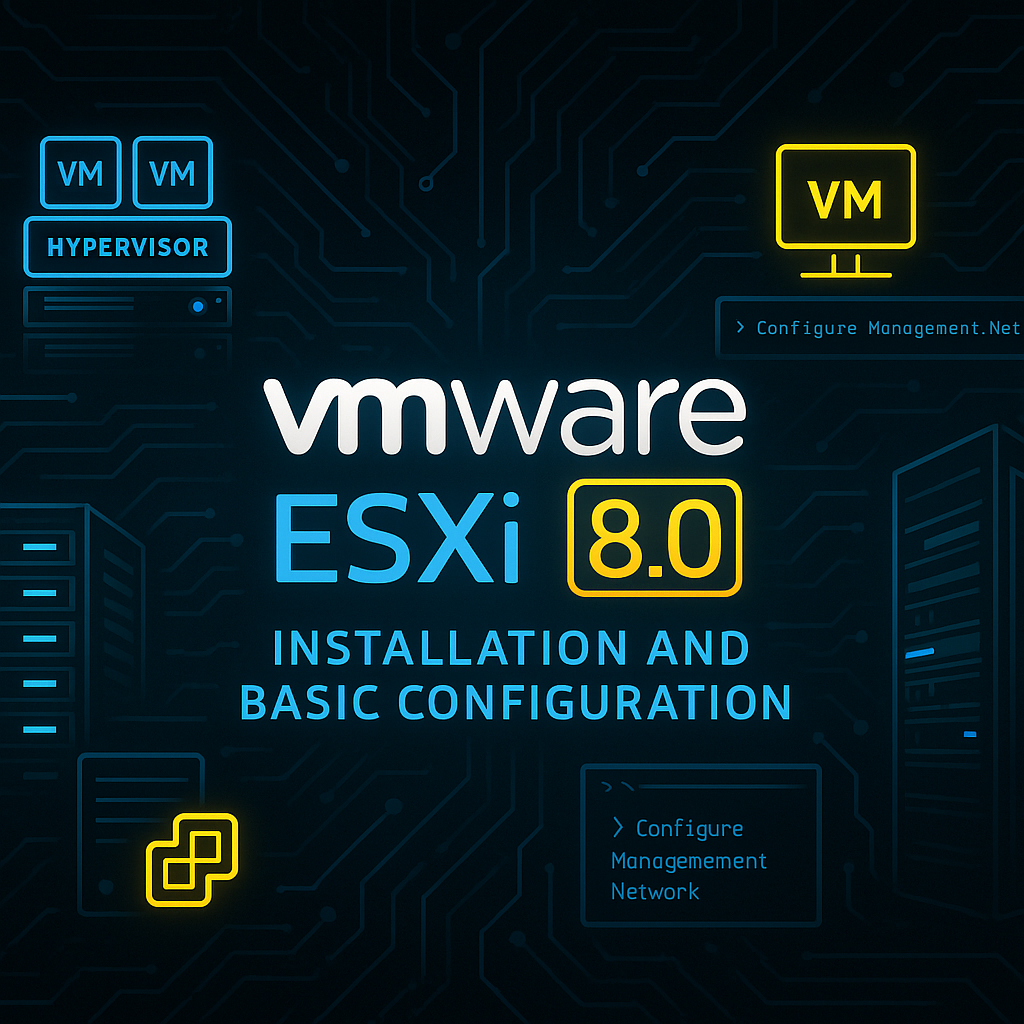Introduction
In today's rapidly evolving technological landscape, organizations are constantly seeking ways to improve their development processes, enhance system reliability, and optimize network infrastructure. DevOps has emerged as a transformative approach that bridges the gap between development and operations teams, enabling faster delivery cycles while maintaining high-quality standards.
Table of Contents
1. DevOps Fundamentals
What is DevOps?
DevOps is a cultural and technical movement that emphasizes collaboration, communication, and integration between software development and IT operations teams. It aims to shorten the development lifecycle while delivering features, fixes, and updates frequently in close alignment with business objectives.
Key DevOps Principles
- Continuous Integration (CI)
- Continuous Deployment (CD)
- Infrastructure as Code (IaC)
- Monitoring and Logging
- Communication and Collaboration
2. Containerization Strategies
Docker Implementation
Docker has revolutionized application deployment by providing lightweight, portable containers that encapsulate applications and their dependencies. This section explores best practices for Docker implementation in enterprise environments.
Sample Dockerfile
FROM node:18-alpine
WORKDIR /app
COPY package*.json ./
RUN npm ci --only=production
COPY . .
EXPOSE 3000
USER node
CMD ["npm", "start"]Kubernetes Orchestration
Kubernetes provides a robust platform for managing containerized applications at scale. It offers features like automatic scaling, service discovery, and rolling updates that are essential for modern DevOps practices.
3. Network Infrastructure Design
Microservices Architecture
Designing network infrastructure for microservices requires careful consideration of service communication, load balancing, and fault tolerance. This section covers essential patterns and practices for building resilient network architectures.
Network Design Considerations
- Service Mesh Implementation
- API Gateway Configuration
- Load Balancing Strategies
- Network Security Policies
4. Monitoring and Observability
Comprehensive Monitoring Stack
Effective monitoring requires a multi-layered approach that includes infrastructure monitoring, application performance monitoring, and business metrics tracking. This section explores modern monitoring tools and techniques.
Prometheus & Grafana
Time-series monitoring and visualization
ELK Stack
Log aggregation and analysis
Jaeger Tracing
Distributed tracing system
5. Security Best Practices
DevSecOps Integration
Security should be integrated throughout the entire development lifecycle, not treated as an afterthought. This section covers essential security practices for DevOps environments.
Security Checklist
- Container Image Scanning
- Secret Management
- Network Segmentation
- Access Control Policies
- Regular Security Audits
6. Real-world Case Studies
Enterprise Migration Success Story
This case study examines how a large enterprise successfully migrated from monolithic architecture to microservices using DevOps practices, resulting in 60% faster deployment cycles and 40% reduction in downtime.
Conclusion
Implementing DevOps practices and optimizing network infrastructure requires a strategic approach that balances technical excellence with organizational change. By following the principles and practices outlined in this article, organizations can achieve significant improvements in deployment speed, system reliability, and operational efficiency.




